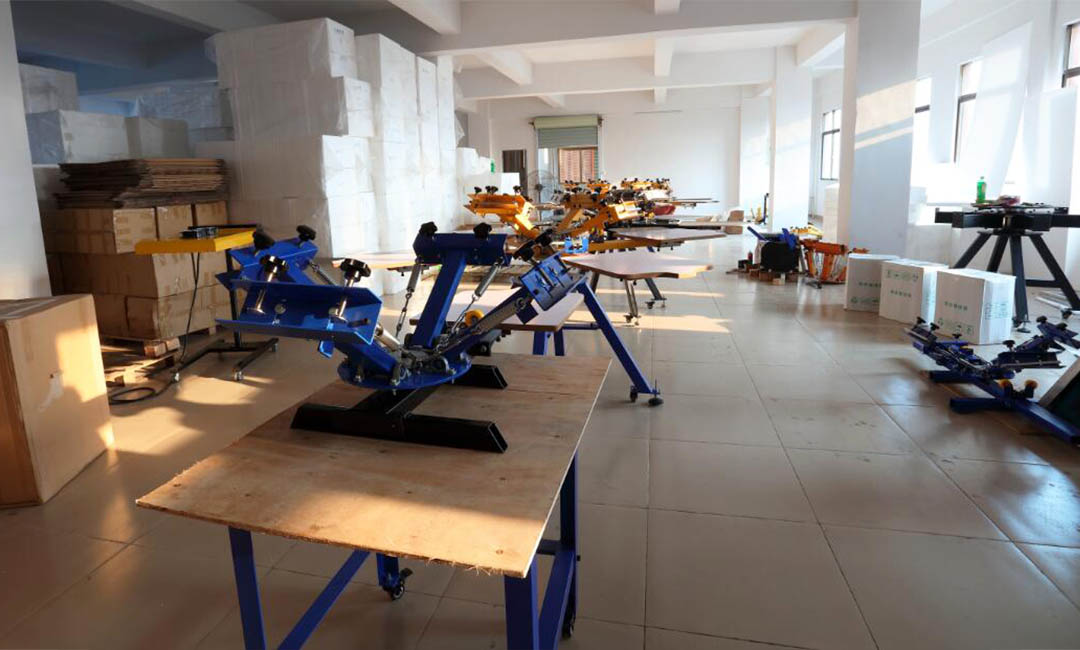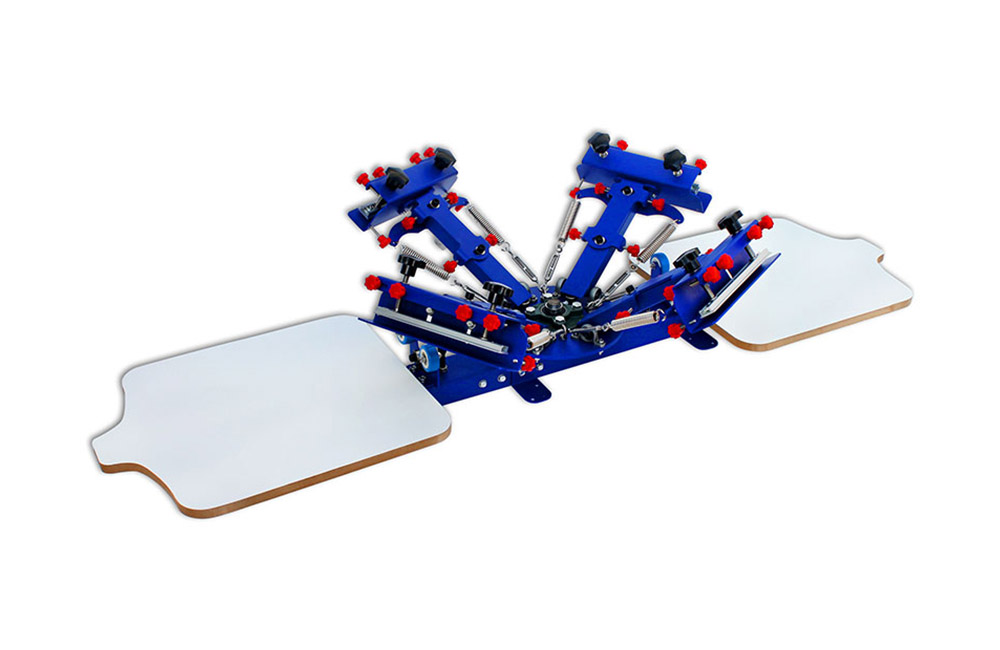How to Operate a 2 Station Screen Printing Press Efficiently
Proper Setup and Calibration
Screen printing is a popular method of printing designs onto various surfaces, such as t-shirts, posters, and bags. To achieve high-quality prints consistently, it is essential to operate a 2 station screen printing press efficiently. Proper setup and calibration are crucial steps in ensuring that the press functions smoothly and produces accurate prints.
Before starting the setup process, it is important to familiarize yourself with the components of the screen printing press. The press consists of two stations, each equipped with a screen, a squeegee, and a platen. The screens are used to transfer the design onto the substrate, while the squeegees are used to push the ink through the screen onto the substrate. The platens hold the substrate in place during the printing process.
To begin the setup process, start by adjusting the height of the platens to accommodate the thickness of the substrate. This can be done by loosening the knobs on the side of the press and raising or lowering the platens to the desired height. It is important to ensure that the platens are level and parallel to each other to prevent misalignment during printing.

Next, calibrate the screens by ensuring that they are properly tensioned and aligned. Tensioning the screens involves tightening the bolts on the screen frame to stretch the mesh evenly. This helps to achieve crisp and clear prints. Aligning the screens involves positioning them correctly on the press so that the design is centered on the substrate. This can be done by using registration marks on the screens and platens as a guide.
Once the screens are tensioned and aligned, it is important to calibrate the squeegees. The squeegees should be adjusted to the correct angle and pressure to ensure that the ink is evenly distributed onto the substrate. This can be done by adjusting the angle of the squeegee blade and the pressure applied during the printing process. Proper calibration of the squeegees helps to prevent smudging and ensure consistent prints.
After calibrating the screens and squeegees, it is important to test the press with a few trial prints. This allows you to identify any issues or adjustments that need to be made before starting production. It is recommended to use scrap material or test substrates for the trial prints to avoid wasting valuable materials.
During the trial prints, pay close attention to the registration of the design, the coverage of the ink, and the overall quality of the prints. Make any necessary adjustments to the tension of the screens, the angle of the squeegees, or the pressure applied during printing to achieve the desired results.
In conclusion, operating a 2 station screen printing press efficiently requires proper setup and calibration. By following these steps and conducting trial prints, you can ensure that the press functions smoothly and produces high-quality prints consistently. Proper setup and calibration are essential for achieving professional results in screen printing.

Pre: Expanding Your Creativity with a Tabletop Screen Printing Press
Next: Beginner-Friendly Screen Printing Machines: Features to Look For
Tags: